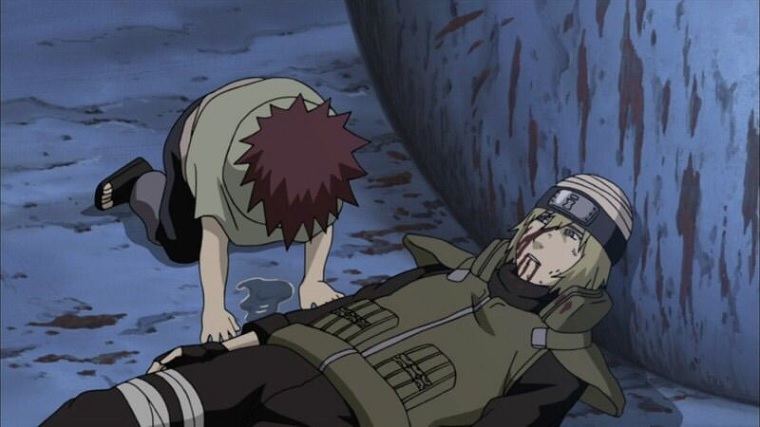(AfroGamers.com) I got into gaming at a specific period in time as I’ve mentioned before. It was a time of 2D side scrollers, Mode-7, and actual competition between consoles. It was also a period of what appeared a greater difficulty than present games. You might be like “Really? Harder than the games now?” Yes! However, in playing some of those games at the time and playing them now with the same or similar controllers, I’ve come to find that a lot of the difficulty is rooted in the controls—as well as the game design from the 80s and 90s.

The Controls
First off, old school games had fairly simple controls. For your 2D action games, you usually had the jump button and an attack button. Depending on the game, you might have had a button that could make the character move faster such as a dash or even just a sprint button. In some games, the attack button didn’t activate until you obtained a power-up.
Now, that’s just in the two or three face buttons and directional pad period. Once we got shoulder buttons—popularized by Nintendo—you saw more actions that could be performed including some primitive UI and attack navigation. With sports games from the period, controls were just as simplistic and the reason for that could be a combination of hardware and software limitations and simply not having the foresight that more can be done.
What about RPGs and shooters? Well, shooting games always needed greater, fluid motion and 2D shooters—as well as early 3D shooters—kind of suffered in this period. For first-person shooters, the place to enjoy them was PC as the console versions were usually watered down. They were on the right track with PSX and Nintendo 64. As for the generation before those two consoles? It just wasn’t it.
Motion
Of course, the controls were fine for RPGs and side scrolling shooters—to a degree. With the controls of the 80s and 90s, the movement of characters in games will leave something to be desired if you are coming from 3D games. This was a big issue when playing games with a bullet hell aspect to it because your reaction and timing had to be on point. That was the same with action games—particularly platformers.
Speaking of platformers, one thing about I remember being an issue in combination with rigid movement is what I refer to as the “Konami bounce”. I first noticed it in the Castlevania games but it was present in Mega Man titles. This is when a player is jumping to another platform and an enemy—a bat or Medusa head—hits the player and they are bumped or bounced back.
Now this was a problem because it was pre-double jump. Nowadays, a player can eat a Konami bounce and double jump their way back to safety once the damage effect wears off or even during. In some games, the player might be able to float to safety or something.
However, in the 80s or 90s, getting hit with the Konami bounce was often a life lost for the player. Well, that’s if the game featured a health bar and it wasn’t one or two hits and you’re out. Motion was never really an issue in RPGs from the 80s and 90s since most were turn-based and motion was all about navigating an over-world map.
Health Management
Another thing that boosted difficulty for me was how stingy games could be with health recovery. You had to become really good and really sharp with your reflexes just to make sure you’re not eating up health in some games. In modern games, health pots can and packs can be found through stages, potions can be purchased readily—hell, in some titles you can either craft your own health recovery, stand still to regain health, or unlock and develop a skill that allows for health generation.
Health regeneration and those modern gaming features always had a strong presence in RPGs regardless of the era or decade but older games really made you either work for relief or really manage your health before tackling a boss.
Then again, this was the reason strategy guides, Tips & Tricks, hotlines, and Game Genie/Game Shark did good business and sales.
Time Limits
The final issue that bumped difficulty to me was a time limit to complete the level. It’s minor but it was always a terror to see how much time had been eaten up on a level even if you weren’t stressed by stiff motion and controls or could manage your health well. For a lot of its existence, time limits didn’t mean anything because many games didn’t keep track of completion time.
Also, it wouldn’t even matter since most of us played these games by ourselves. If you let someone borrow a game, it still didn’t matter because you just had the time record and that friend’s initials. I mean, it meant something if you really didn’t want to be ranked lower on the time records and were willing to play the game over again.
What features or design decisions from the 2D era of the 80s and 90s added difficulty to you? Let us know below!
Staff Writer; M. Swift
This talented writer is also a podcast host, and comic book fan who loves all things old school. One may also find him on Twitter at; metalswift.

















Leave a Reply